
Nickel is a hard, silvery-white metal whose salts are present in all soils. Extremely small quantities of this element are required in the human body for optimal health. According to the MELISA Foundation, nickel consumption or exposure triggers more allergic reactions than any other element, and approximately 15 percent of the human population suffers from a nickel allergy. Individuals can be exposed to nickel in a variety of ways, but most human contact is attributed to jewelry and food. Individuals who suffer from a nickel allergy should avoid foods rich in this element.
Chocolate/Cocoa Powder
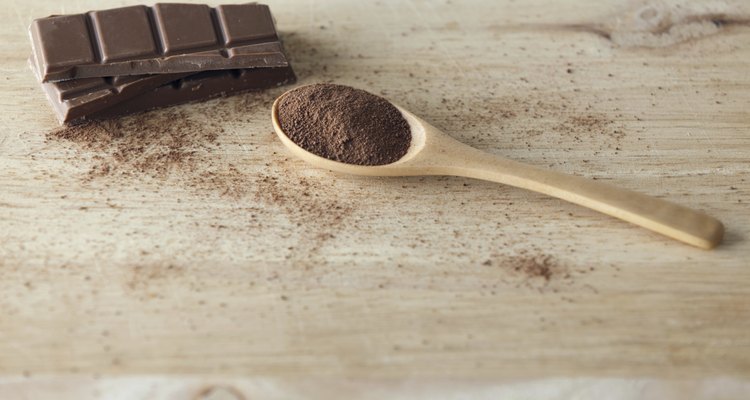
Ivana Jurcic/iStock/Getty Images
According to the Agency of Toxic Substances and Disease Registry, chocolate is one of the foods with the highest nickel content. Bittersweet chocolate contains a nickel concentration of 2.6 ug/g, milk chocolate has a nickel concentration of 1.2 ug/g and pure cocoa powder has a nickel concentration of 9.8 ug/g according to "Principles of Food Chemistry" by John M. deMan. The nickel content of chocolate is high due to the extensive refining process and constant contact with stainless steel machinery.
Cashews
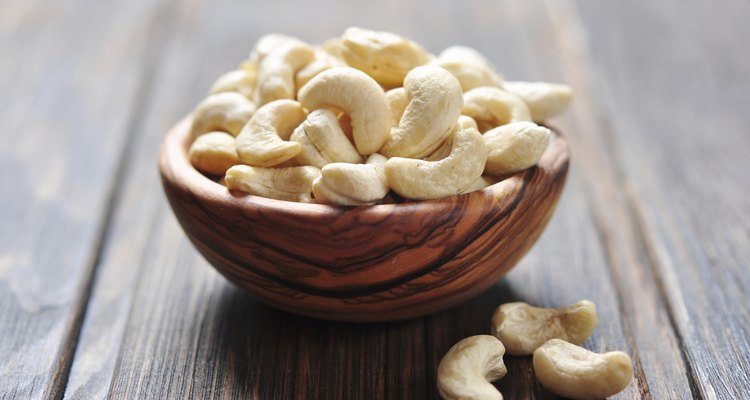
tashka2000/iStock/Getty Images
Cashews also contain a relatively high concentration of nickel. The nickel concentration of cashews is 5.1 ug/g according to "Principles of Food Chemistry." According to a report in the Huffington Post, consumption of cashews can yield some health benefits, such as lowering your risk of heart disease and obesity.
Kidney Beans
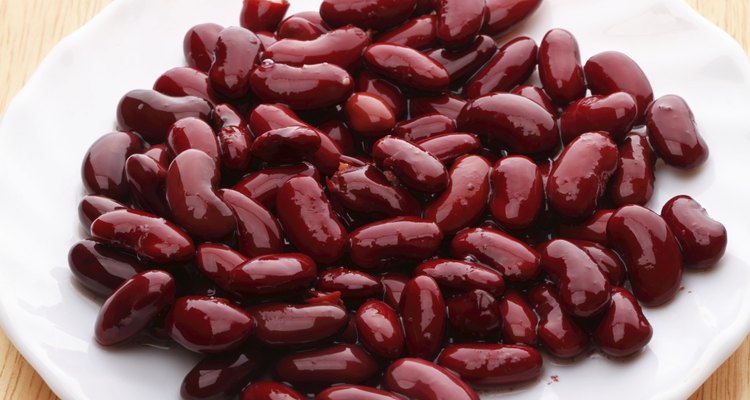
Yury Minaev/iStock/Getty Images
Red kidney beans are another dietary source rich in nickel content. The nickel concentration of red kidney beans is 0.45 ug/g according to "Principles of Food Chemistry." Kidney beans are also a very good source of protein, fiber, folate and magnesium, all of which can have beneficial health effects. According to the National Heart, Lung and Blood Institute, consumption of kidney beans will help lower your blood pressure and they are recommended on the Dietary Approaches to Stop Hypertension -- or DASH -- diet.
Spinach
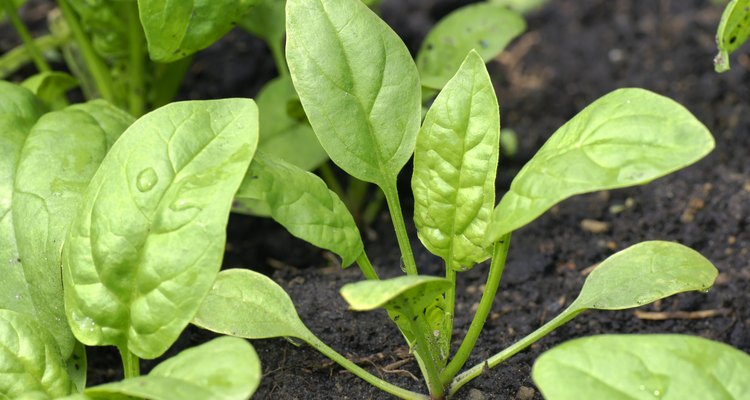
Sylvie Bouchard/iStock/Getty Images
Spinach contains high levels of naturally occurring nickel, 0.39 ug/g according to "Principles of Food Chemistry." Spinach is also an excellent source of a multitude of vitamins and minerals such as vitamin K, vitamin A, calcium and potassium. Consumption of spinach has many beneficial health properties, such as its anti-inflammatory activity and cancer prevention effects resulting from its high concentration of antioxidants.
Related Articles
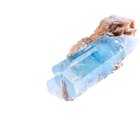
List of the Types of Semi-Precious ...

Stimulants in Chocolate That Are not ...

Safety Hazards of Acetone
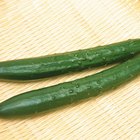
What Foods Provide Calcium D-Glucarate?
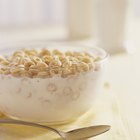
Zinc Oxide as a Food Additive

Different Types of Fruits & Vegetables
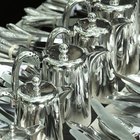
Silver Polish Ingredients

Ingredients of Fingernail Polish Remover
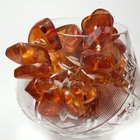
What Is Cognac Amber?
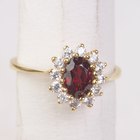
Physical Characteristics of the Ruby ...
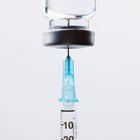
Dimethicone Hazards
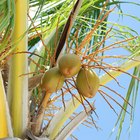
Which Nuts Are Alkaline Forming?

Harmful Effects of Wearing Magnetic ...

Health Risks of Marble Dust
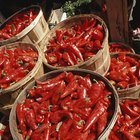
Health Benefits of Hot Peppers

How to Freeze Lentils

Strontium-Rich Foods

How to Use Colloidal Silver to Kill ...

How to Make Lentil Flour

Negative Side Effects of Paba
References
Resources
Writer Bio
Robert Shifko has more than 17 years' experience in the health care industry. Throughout his career, he has gained experience in pharmacologic research, clinical nuclear medicine, and most recently radiation health physics. He has obtained several certifications in nuclear medicine, epidemiology, biostatistics and as a medical radiation safety officer. He has always supported LIVESTRONG.
Photo Credits
ULTRA.F/Digital Vision/Getty Images